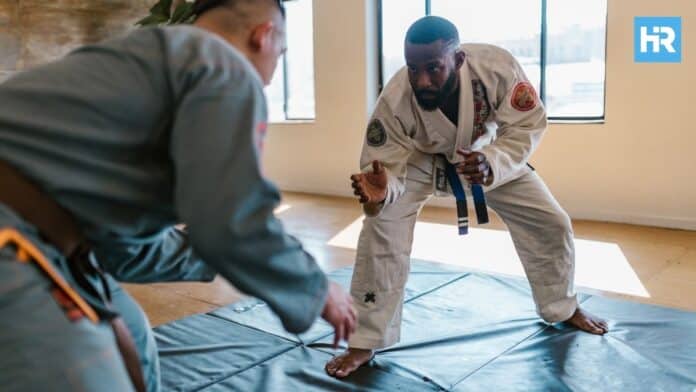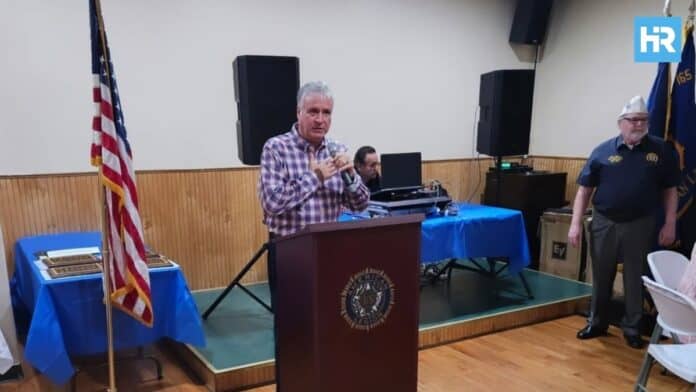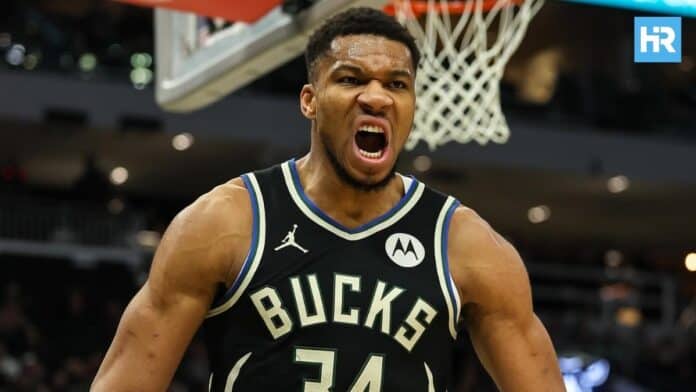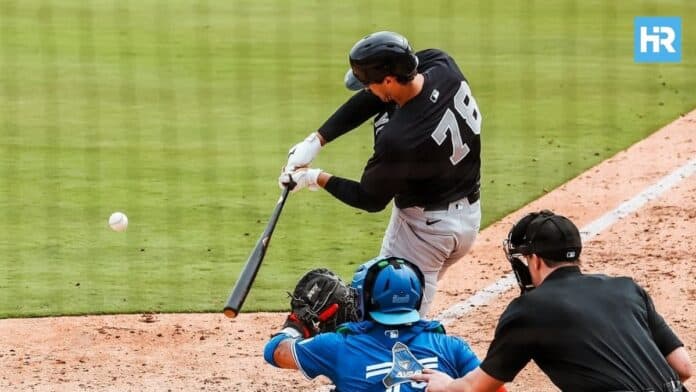The New York Knicks delivered a thrilling comeback on Sunday night, overcoming a daunting 19-point deficit to secure a dramatic 116-112 overtime victory against the Miami Heat at Kaseya Center.
In a game with intensity, resilience, and clutch performances, Jalen Brunson led the charge with 31 points, while OG Anunoby and Karl-Anthony Towns made critical contributions in a game that tested the Knicks’ toughness.
This win extended New York’s winning streak to three games and also showed the team’s ability to rise under pressure.
Miami, led by Bam Adebayo’s 30 points and Tyler Herro’s 22, seemed to have control for much of the game.
However, the Knicks, true to their identity under head coach Tom Thibodeau, never gave up, grinding their way back into contention and ultimately sealing the win in overtime.
For Miami, the absence of Andrew Wiggins and Jaime Jaquez Jr. due to ankle injuries was felt, especially in the closing moments when the Heat struggled to match the Knicks’ energy and execution.
The game had all the makings of a classic battle, with both teams exchanging blows in the final minutes of regulation before New York outlasted their opponents in the extra period.
- Jalen Brunson led the charge with 31 points, lifting New York to a 116-112 overtime victory over Miami.
- Towns recorded 19 points and 16 rebounds, while Anunoby added 23 points, including a game-sealing dunk.
- Towns have been ruled out for Wednesday’s game against the 76ers due to a knee injury, while Mitchell Robinson is nearing a return after missing the entire season with foot surgery.
A Wild Comeback: How the Knicks Flipped the Script
The Knicks found themselves in an early hole, trailing by 17 at halftime after a dominant first-half performance by the Heat, who controlled the pace and outscored New York by 20 points in the paint before the break.
Things didn’t improve much in the third quarter, as Miami extended their lead back to 19.
But this Knicks team, built around toughness and relentless effort, refused to fold.
Slowly but surely, they chipped away at the deficit, closing the third quarter on a 17-5 run.
Karl-Anthony Towns dominated the boards, finishing with a dominant 19 points and 16 rebounds, giving New York the second-chance opportunities they needed to get back into the game.
In the fourth quarter, the Knicks’ defense locked in, holding Miami to tough shots while continuing to find ways to score.
Miles McBride’s clutch jumper with 2:58 remaining gave New York its first lead of the night at 101-100, a moment that shifted the momentum in their favor.
The Heat, however, weren’t done fighting.
Down by four with under a minute left in regulation, the Knicks refused to let the game slip away.
OG Anunoby came up with a massive tip-in, keeping the team within striking distance, and Brunson followed up with a mid-range jumper to tie the game and force overtime.
The resilience on display was nothing short of remarkable.
Brunson and Anunoby Seal the Deal in Overtime
As overtime began, the game was up for grabs.
Both teams traded baskets, but Brunson took control, draining a three-pointer with 2:27 left to give New York a 111-110 lead.
This shot ignited a 7-0 run for the Knicks, pushing them ahead and forcing Miami into desperation mode.
Alec Burks attempted to bring the Heat back with a deep three, cutting the lead to 114-112 with just 27 seconds remaining.
But Anunoby had the final word, rising for a thunderous dunk with 17 seconds left that effectively sealed the game.
The Knicks had officially completed the comeback, silencing the Miami crowd and reinforcing their reputation as one of the toughest teams in the league.
By the time the final buzzer sounded, the Knicks had flipped the early script, overcoming their early struggles and finishing with a 58-56 edge in points in the paint—an incredible turnaround given their first-half struggles.
Knicks Still Dealing With Injuries, But Help Could Be Coming Soon
Even though the win was impressive, the Knicks are still struggling with injuries that could affect their season.
Karl-Anthony Towns, who was instrumental in the comeback, has already been ruled out for their upcoming game against the Philadelphia 76ers due to a knee injury.
Rookie center Ariel Hukporti is set to start in his place.
OG Anunoby, who has been working his way back from a foot sprain, looked strong in his return, providing defensive plays and timely scoring.
Mitchell Robinson, another key piece of the Knicks’ interior defense, remains out, though there is optimism that he could return this weekend.
The 7-footer, who has yet to play this season following offseason foot surgery, has been cleared for 5-on-5 contact in practice, a significant step toward his return.
Josh Hart, who is dealing with a nagging knee injury, is listed as probable for the next game, while Kevin McCullar Jr. and Jacob Toppin will remain sidelined due to their two-way contract status.
What This Means for the Knicks’ Playoff Push
With this win, the Knicks continue climbing the Eastern Conference standings, proving they can fight through adversity.
The team’s chemistry, defensive grit, and clutch playmaking have been on full display, and if they can stay healthy, they could be a serious threat in the playoffs.
Mitchell Robinson’s return would provide a major boost to their defensive identity, adding much-needed shot-blocking and rebounding to the lineup.
His presence alongside Towns, who has been an offensive force, could create one of the most balanced frontcourts in the league.
Brunson has solidified himself as the team’s leader, stepping up in big moments and delivering in clutch situations.
His ability to take over games down the stretch has been invaluable, and with a supporting cast that includes Anunoby, Hart, and Mikal Bridges, the Knicks have all the tools to make a deep playoff run.
However, one concern looms: workload management.
Head coach Tom Thibodeau has a history of giving his top players heavy minutes, and with several Knicks ranking among the league leaders in playing time, fatigue could become a problem.
The Knicks won’t have much time to rest on Tuesday night as they host the Golden State Warriors.
It will be an important test to see how they bounce back after such a physically and emotionally draining win.
A Defining Moment in the Season
The Knicks’ overtime win against the Heat was a strong victory that showed their resilience, as they fought back when the game seemed lost and proved they are a top team in the East.
This loss was hard for Miami, especially after their early strong performance.
Adebayo’s performance was stellar, but the absence of Andrew Wiggins and Jaime Jaquez Jr. hurt them in the closing moments.
Erik Spoelstra’s team will need to regroup quickly as they prepare to face the Washington Wizards.
For New York, the road ahead is still full of challenges, but if this game was any indication, the Knicks are more than ready to face them head-on.
They’ve battled injuries, overcome deficits, and shown they are built to win in the toughest moments.
The question now is whether they can sustain this momentum through the grind of the rest of the season and into the playoffs.
If the Knicks continue playing with this level of fight and determination, they will be a nightmare for any team that stands in their way.
















